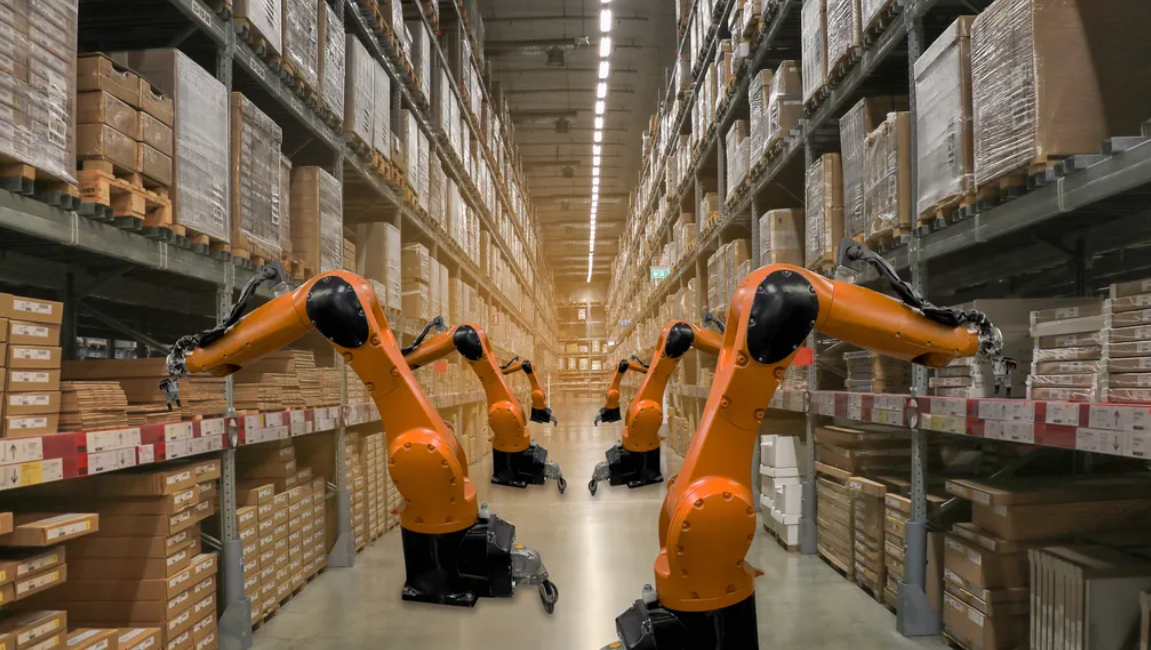
Introduction: The Shifting Sands of Employment
In the ever-evolving world of work, one thing has remained constant: change. Yet, the changes currently underway in the labor landscape are seismic, with artificial intelligence (AI) playing a central role. Automation and AI-driven technologies have the potential to revolutionize industries, redefine job roles, and alter the very nature of employment. In this article, we explore how AI is changing the labor landscape, both for employees and employers, and how adaptation and innovation will be the keys to thriving in this new era.
AI: The Double-Edged Sword
Artificial intelligence offers unprecedented opportunities. It can boost productivity, eliminate repetitive tasks, and enhance decision-making processes. However, these benefits come hand in hand with disruptions:
- Job Displacement:Automation and AI can replace human workers in various roles, from manufacturing and customer service to data analysis. The fear of job displacement is real, especially for those in routine-based positions.
- Transformation of Roles:While some jobs may be entirely automated, many others will be transformed. Human-AI collaboration can lead to a redefinition of roles, creating a demand for new skills.
- AI Ethics:Ensuring that AI technologies are used ethically and responsibly is a significant concern. This includes addressing issues such as algorithmic bias, data privacy, and security.
The Employee’s Perspective
Upskilling and Reskilling: Employees must embrace lifelong learning. Acquiring new skills, particularly those that complement AI and automation, is crucial to remaining competitive in the job market.
Job Satisfaction: Many employees find AI can alleviate mundane tasks, allowing them to focus on more meaningful, creative work. Embracing AI as a tool can lead to greater job satisfaction.
Remote Work and Flexibility: AI has enabled remote work on a massive scale. The hybrid workplace, where AI coordinates communication and tasks, is likely to become more common.
The Employer’s Perspective
Strategic Workforce Planning: Employers must assess how AI can enhance their operations, whether through automation, improved data analytics, or customer service chatbots.
AI-Empowered Decision-Making: AI can help employers make data-driven decisions about hiring, team composition, and resource allocation.
AI Ethics and Responsibility: Businesses should prioritize ethical AI use, creating policies that safeguard against bias and misuse of AI technologies.
AI in Healthcare: A Case Study
The healthcare industry provides a clear example of AI’s transformative potential. AI-powered diagnostics can offer rapid, accurate assessments, potentially reducing the burden on healthcare professionals. Telemedicine, driven by AI-driven remote monitoring and diagnostics, can bring care to underserved regions.
AI’s Uncertain Future
AI is a tool for change, but it’s not a silver bullet. Its success depends on how individuals, businesses, and governments navigate this uncharted territory. Questions regarding job security, AI ethics, and data privacy need to be addressed collaboratively. Additionally, AI’s deployment in healthcare, education, transportation, and other sectors has wide-ranging implications for society.
Conclusion: A New Era of Work
The labor landscape is indeed shifting, influenced by the powerful winds of AI. While challenges and concerns exist, this new era also presents abundant opportunities for innovation, personal growth, and enhanced decision-making. Adapting to the evolving labor landscape necessitates a blend of technology, skill development, and ethical considerations. The future of work is upon us, and it is our collective responsibility to shape it into a better, more inclusive, and more efficient model for all.













